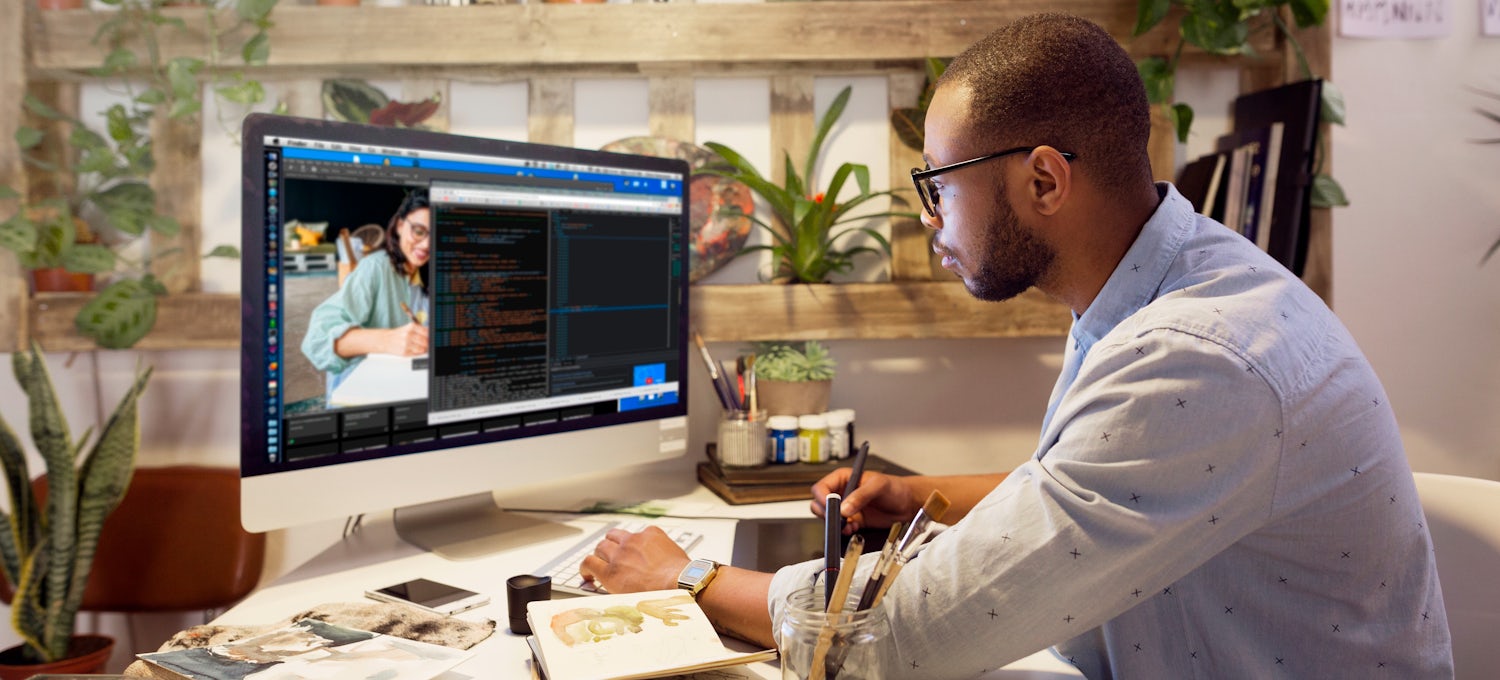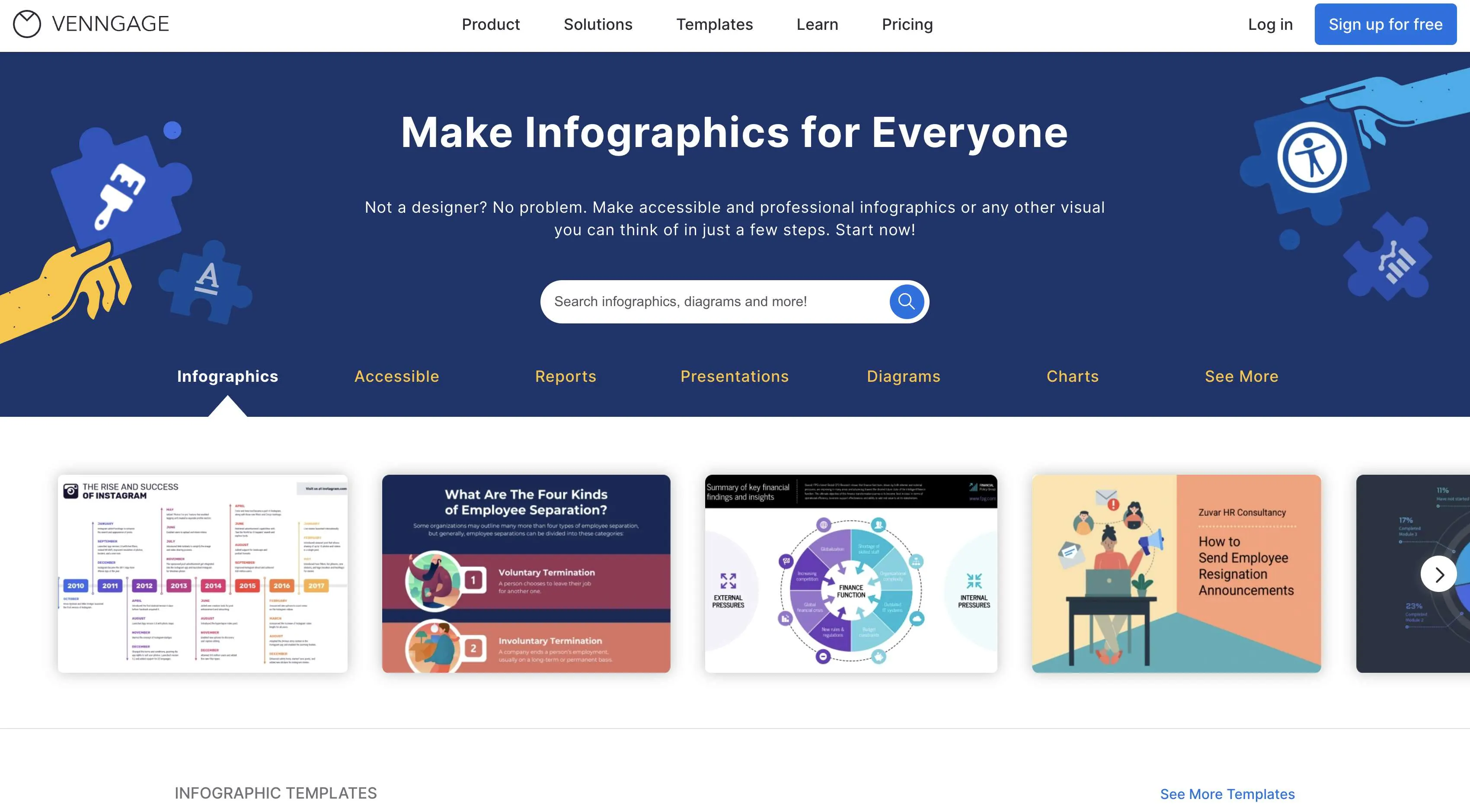Maximize Customer Experience With Cutting-edge Web Site Design Solutions
In today's electronic landscape, making best use of individual experience through innovative internet site layout solutions is crucial for services looking for to engage their target market successfully. By welcoming user-centric layout concepts, organizations can create user interfaces that not only meet individual demands however also improve total satisfaction. Trick elements such as receptive formats, user-friendly navigating, and effective aesthetic power structure play an essential function in this procedure. The assimilation of interactive components can better elevate the individual journey, triggering a reevaluation of traditional design techniques. What methods might arise when we consider the progressing expectations of customers?
Comprehending User-Centric Layout

To execute user-centric style efficiently, it is crucial to carry out detailed research study, consisting of individual meetings, surveys, and use screening. These study approaches supply important data that notifies layout decisions, making sure that the last product aligns with customer assumptions. Additionally, producing customer personas can aid developers understand and picture with the end-users, guiding the style procedure toward extra pertinent services.
Moreover, repetitive design is a crucial part of user-centric methodologies. By constantly testing and refining styles based on customer comments, designers can recognize discomfort factors and areas of improvement, resulting in an extra polished last item. Ultimately, user-centric style is not simply a stage in the development procedure yet a continual dedication to focusing on customer needs, causing even more interesting and effective electronic experiences.
Value of Responsive Layouts
As electronic communications progressively take place across a variety of tools, the importance of responsive formats can not be overemphasized. A responsive layout makes certain that an internet site adapts flawlessly to different screen dimensions, from desktop monitors to smart devices. This flexibility is important in today's multi-device landscape, where users expect a constant and appealing experience despite just how they access web content.
The primary advantage of receptive layout is boosted user contentment. When an internet site is optimized for all devices, it reduces the demand for zooming, scrolling, or straight navigation, which can lead and frustrate users to higher bounce prices. In addition, internet search engine like Google prioritize mobile-friendly internet sites in their ranking formulas, making responsive layouts important for efficient search engine optimization techniques.
In addition, responsive designs facilitate less complicated upkeep and updates. As opposed to handling separate variations of an internet site for different gadgets, a single, fluid layout can be customized, conserving time and resources. This holistic technique not just improves performance but additionally cultivates brand name coherence across systems. Inevitably, buying responsive layouts is not simply a trend; it is a basic concept of contemporary website design that substantially improves individual experience and involvement.
Enhancing Navigation and Accessibility
Reliable navigation and ease of access are crucial parts of a well-designed website, significantly influencing user interaction and satisfaction. An easy to use navigating structure permits visitors to find info quickly and without effort, reducing disappointment and raising the chance of repeat brows through. Applying clear, detailed labels for navigating web links, along with a rational pecking order, can assist users flawlessly through the web site.
Access is just as vital, visit this site guaranteeing that all customers, no matter their specials needs or capabilities, can engage with the website effectively. This can be attained via making use of proper shade contrasts, message dimensions, and alt text for photos, which together boost the experience for aesthetically damaged users. Additionally, integrating key-board navigation and screen visitor compatibility increases accessibility for users with varied needs.
Routine use testing can offer important understandings into navigating performance and access problems. By collecting feedback from actual customers, designers can determine discomfort points and make informed changes. Inevitably, focusing on navigating and availability not just cultivates inclusivity yet likewise grows a positive customer experience, enhancing the brand name's commitment to high quality and individual treatment in a progressively digital landscape.
Using Visual Pecking Order Properly
Visual hierarchy serves as a directing structure in website design, directing customers' attention to one of the most crucial elements on a web page. By tactically arranging aesthetic components such as color, spacing, and typography, developers can create a clear pathway for users to adhere to. This structure not just enhances customer experience but likewise improves material comprehension.
One efficient way to develop visual pecking order is via making use why not try here of size and Full Article range. Bigger aspects naturally draw in even more interest, making headlines and key visuals popular. Enhancing this strategy with contrasting shades can better separate main material from second details, ensuring that vital details attracts attention.
In addition, the plan of aspects plays an essential duty in directing individual interaction. Using a grid format can produce a natural circulation, while whitespace aids to different material and decrease cognitive tons - Website Design. This deliberate spacing enables individuals to process info a lot more quickly, bring about enhanced interaction
Finally, utilizing constant design patterns helps enhance aesthetic pecking order, offering individuals with acquainted signs as they browse the site. By prioritizing these principles, designers can effectively take full advantage of individual experience, guaranteeing that visitors can easily locate the information they seek.
Integrating Interactive Elements
The consolidation of interactive components right into site design can substantially improve individual interaction and total experience. Interactive features such as polls, sliders, and tests not just mesmerize customers but additionally advertise active engagement, making the searching experience more unforgettable. By urging users to interact, sites can effectively keep focus and reduce bounce prices.
Additionally, incorporating dynamic web content like animations and float effects adds an enticing layer of interactivity. These aspects can lead users with ease with the site, highlighting important details and phones call to action. For example, animated buttons can draw focus and enhance click-through rates.
Furthermore, personalization via interactive devices such as chatbots or recommendation engines permits sites to cater to individual choices, promoting a feeling of link. This tailored approach not only boosts user fulfillment but also urges repeat brows through.
Incorporating analytics devices to track communications gives important insights into individual habits, allowing continual improvement of the interactive elements. Ultimately, a properly designed interactive experience changes a passive browsing session right into an appealing journey, bring about boosted individual satisfaction and loyalty. For that reason, incorporating interactive aspects is necessary for making best use of user experience in modern-day internet site design.
Verdict

In today's electronic landscape, making the most of customer experience through ingenious website layout remedies is necessary for businesses seeking to engage their audience effectively. Ultimately, focusing on navigating and ease of access not just promotes inclusivity however additionally grows a favorable customer experience, reinforcing the brand's dedication to quality and user care in a progressively electronic landscape.

In verdict, making best use of customer experience with innovative website layout solutions demands a commitment to user-centric principles. Website Design.